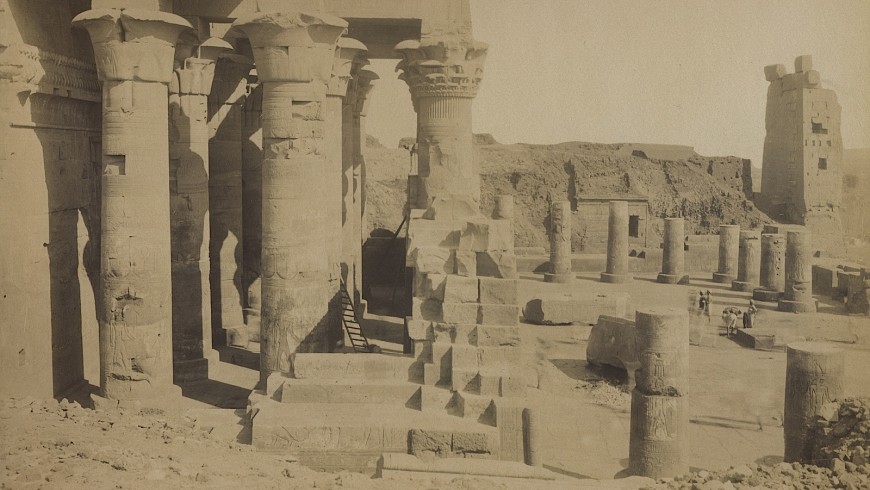
L’Egitto scoperto dallo stuolo di storici e disegnatori francesi al seguito di Napoleone, durante e dopo la campagna che si concluse, senza troppi motivi di orgoglio, ad Abukir, affascinò nei primissimi anni dell’800 tutta l’Europa. I libri, a volte in più tomi, di ogni formato, spesso illustrati da acqueforti e acquetinte, che accorti editori parigini si affrettarono a stampare e a diffondere, ebbero un tale successo che l’egittomania contagiò presto tutti i salotti e i circoli letterari che contavano nelle corti che contavano. Le rappresentazioni delle piramidi, della sfinge e dei templi che sorgevano lungo il Nilo, delle tombe dei re e dei nobili erano però quello che erano. Fedeli agli originali e dettagliate quanto una incisione, spesso ricavata da uno schizzo preso sul campo da un disegnatore, poteva essere.
Quando la tecnica della fotografia fu rivelata, nel 1839, l’interesse per l’Egitto non era affatto scemato. Anzi! Verso Luxor e Abu Simbel partirono allora schiere di protofotografi professionisti, per riportare in patria immagini di ciò che restava di quella antica civiltà.
Anche dilettanti illustri si imbarcarono sulle feluche che solcavano le quiete acque del grande fiume, carichi di ingombranti apparecchi fotografici e di lastre da impressionare. Tra essi lo scrittore Maxime du Camp, improvvisatosi (bravo) fotografo, che assieme all’amico Gustave Flaubert, nel 1849, giunse fino in Nubia per realizzare uno dei primi reportage a quattro mani della storia della letteratura di viaggio.
In quegli anni il signor Thomas Cook si dava a sua volta da fare per rendere ai primi turisti più facile quello che sarebbe probabilmente stato “il” viaggio della vita, mentre intraprendenti fotografi aprivano studi a Luxor e al Cairo per vendere a quei turisti le prove della loro ardimentosa sfida ai segreti dell’antico Egitto.
Tra questi un italiano che ebbe un grande successo commerciale, Antonio Beato che, nel giro di più di 30 anni, documentò, sin nei dettagli, ogni reperto archeologico affiorato dagli scavi che si succedettero senza tregua nella terra che era stata dei faraoni.
Ecco alcune delle sue foto.
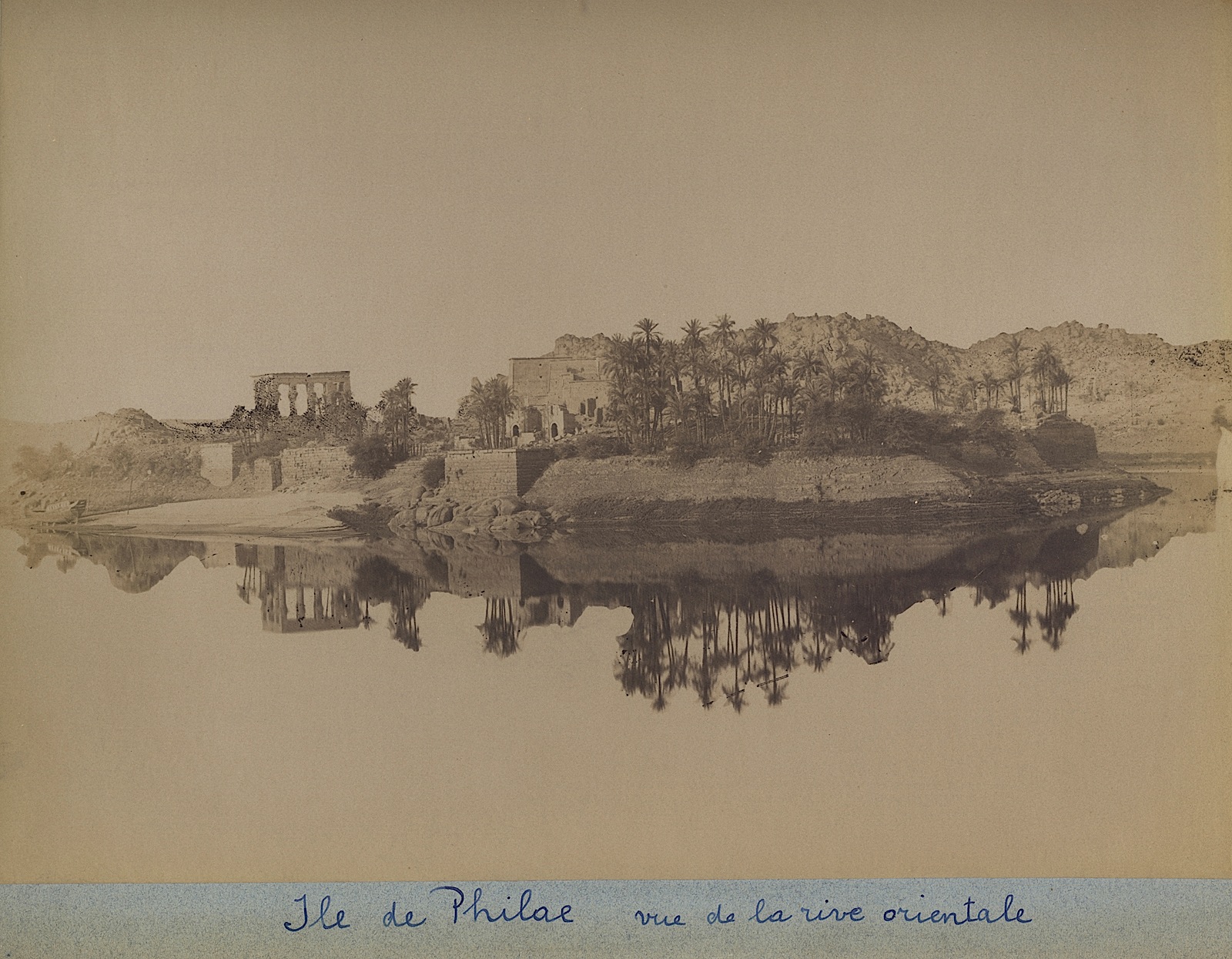

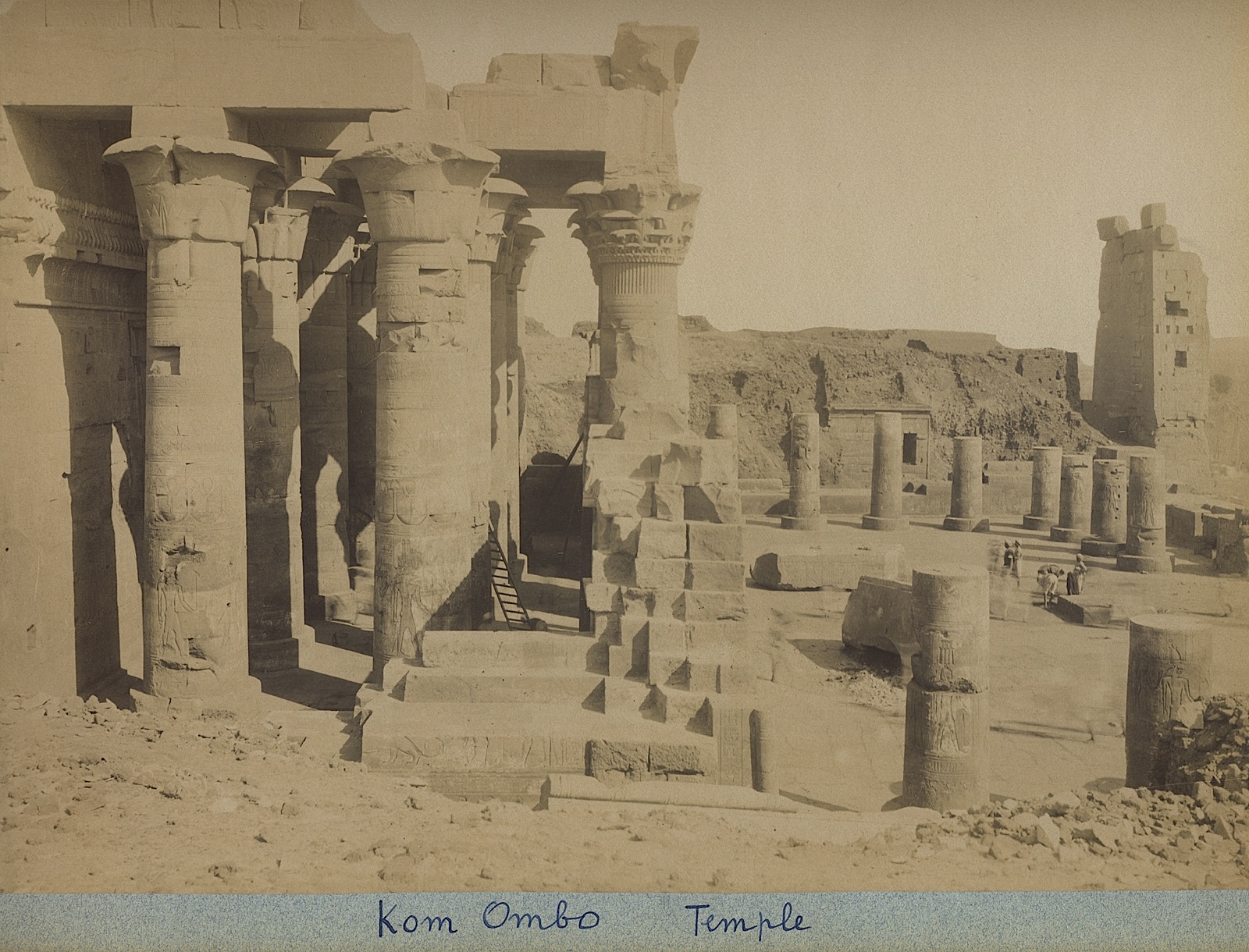
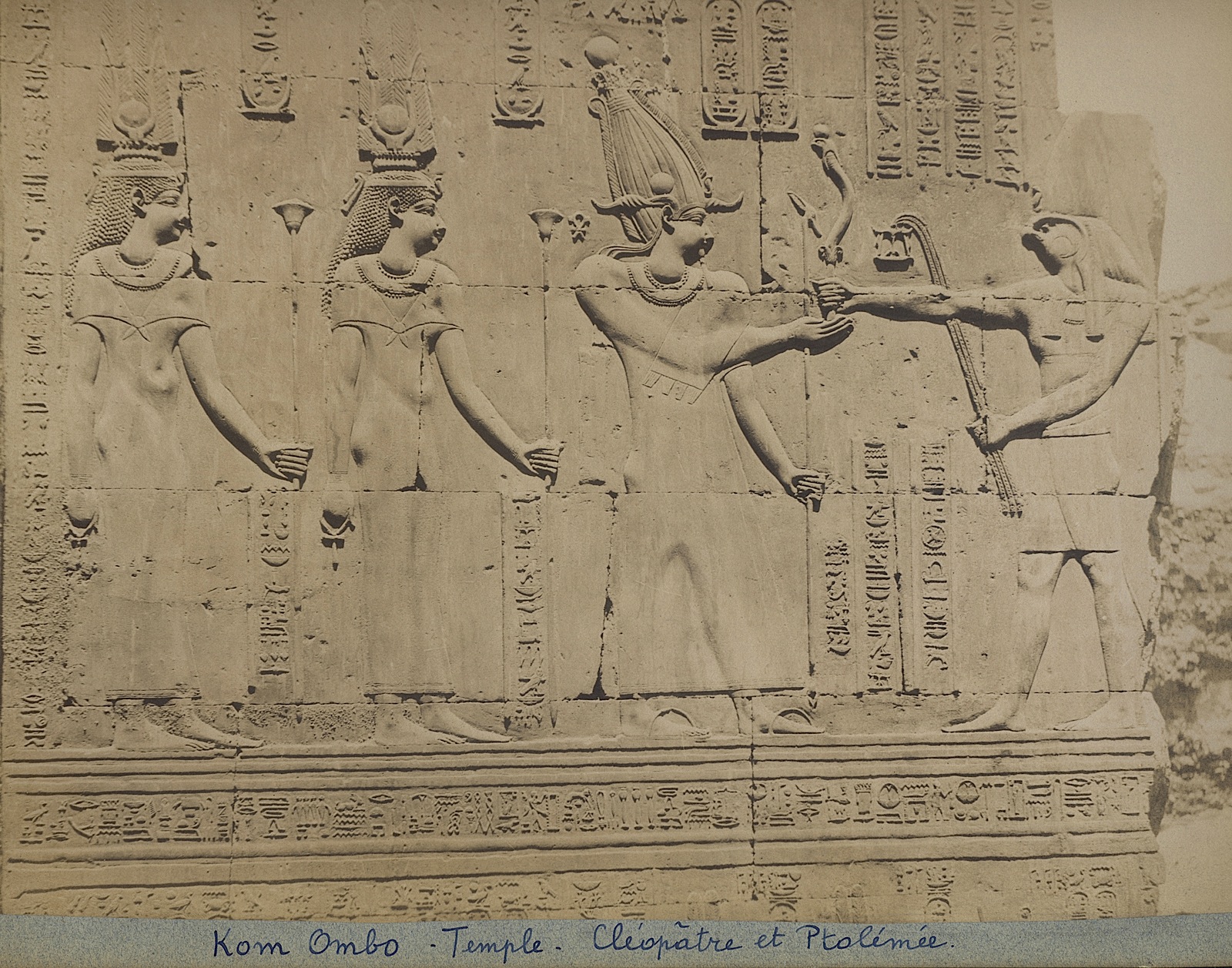
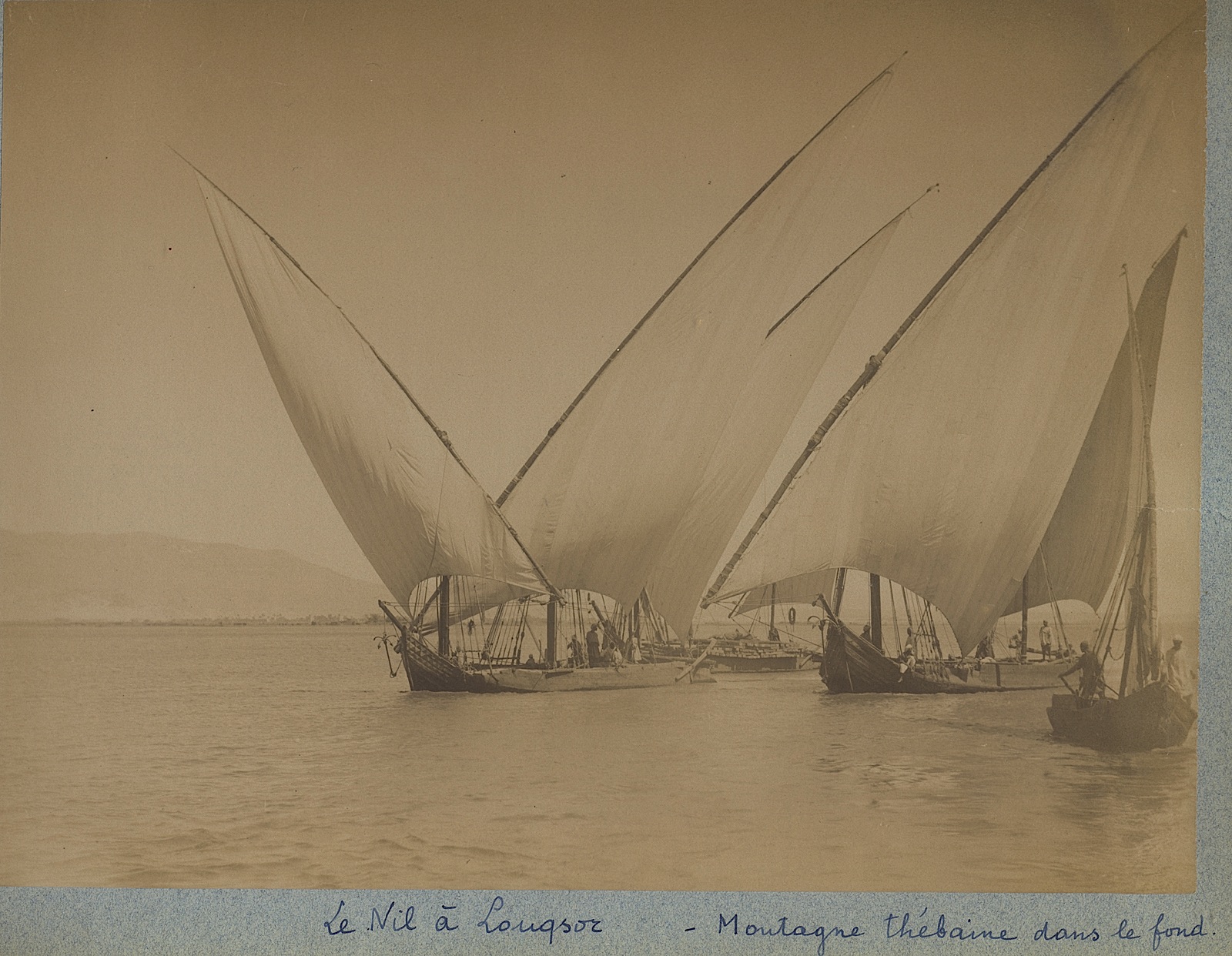
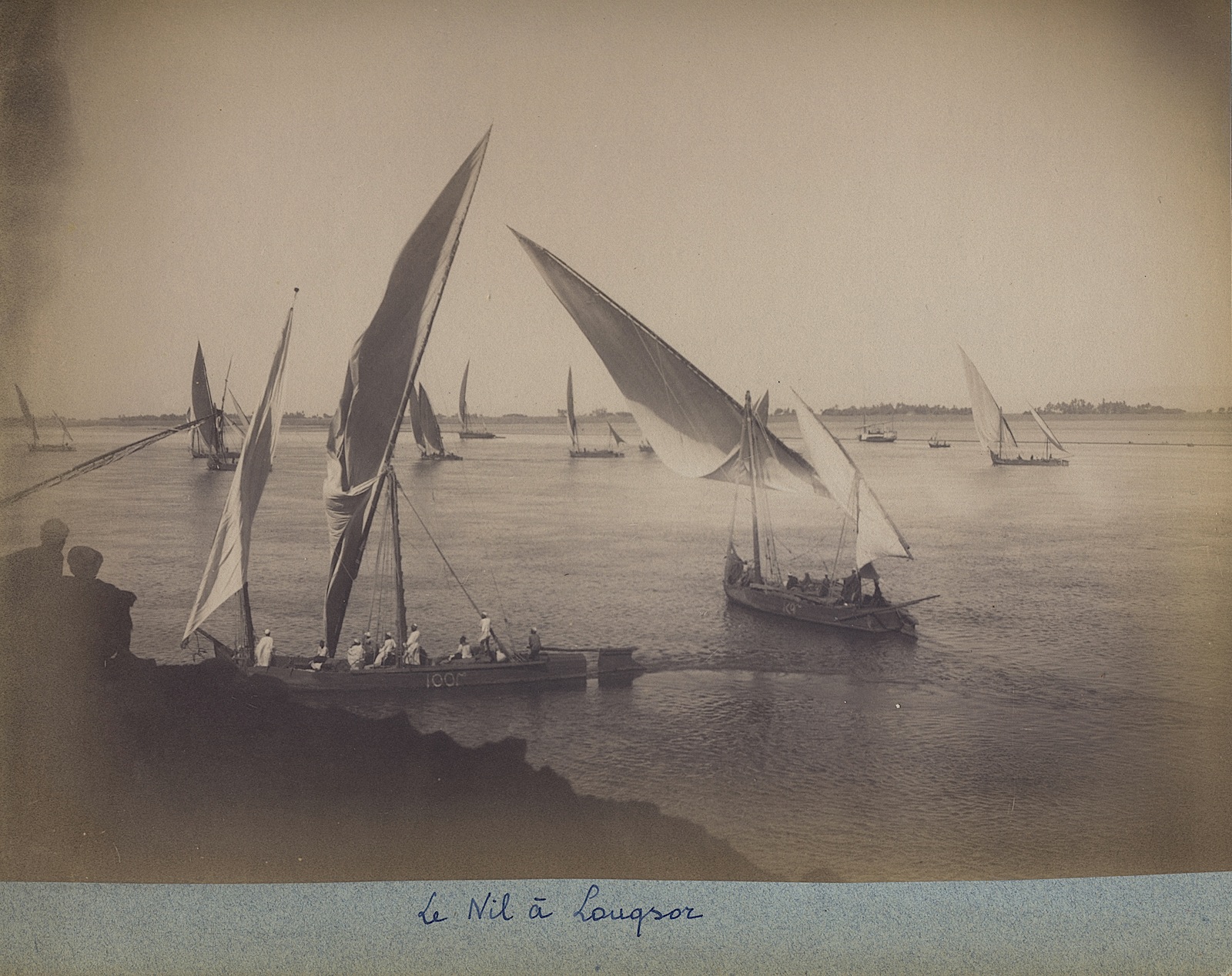
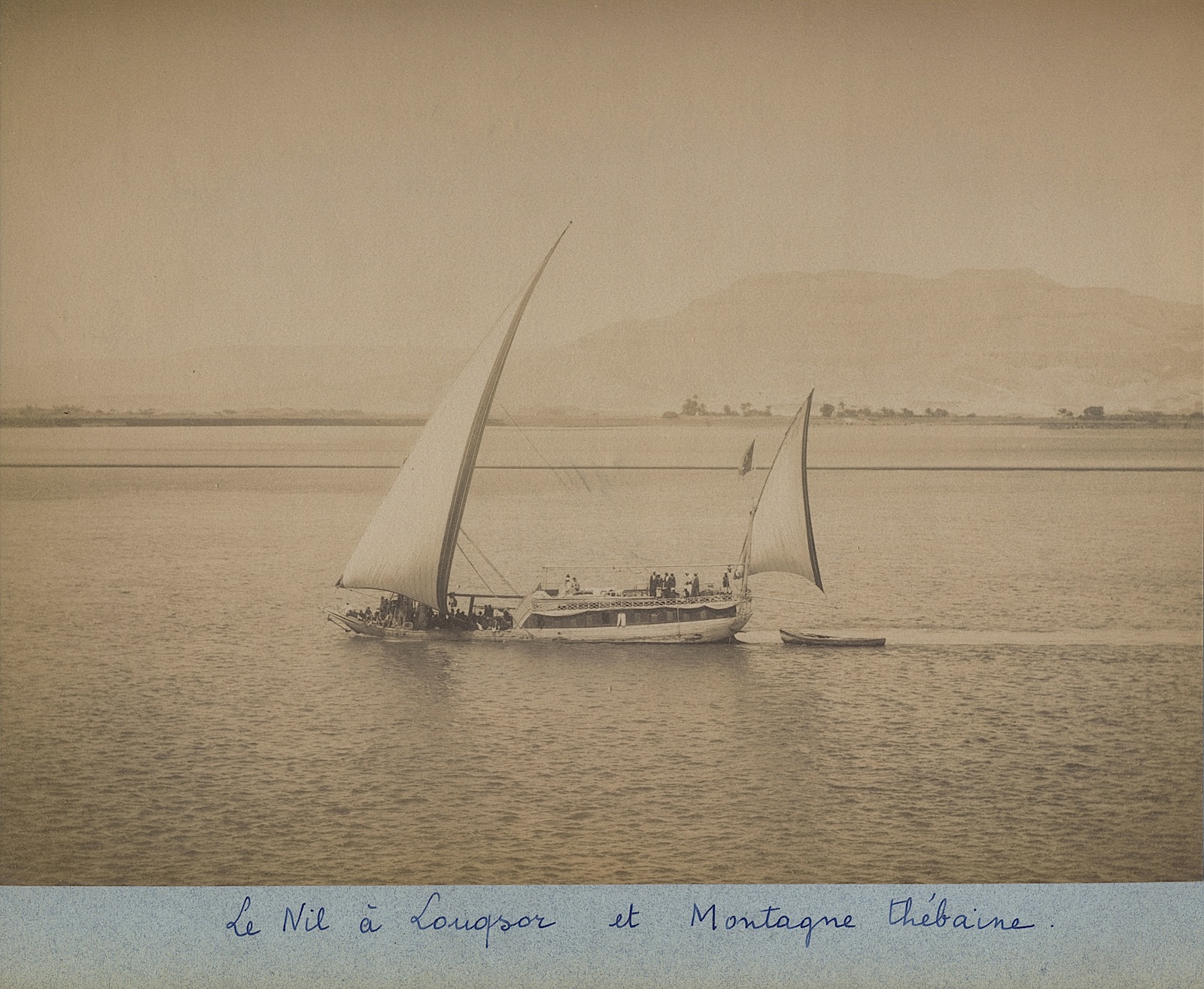
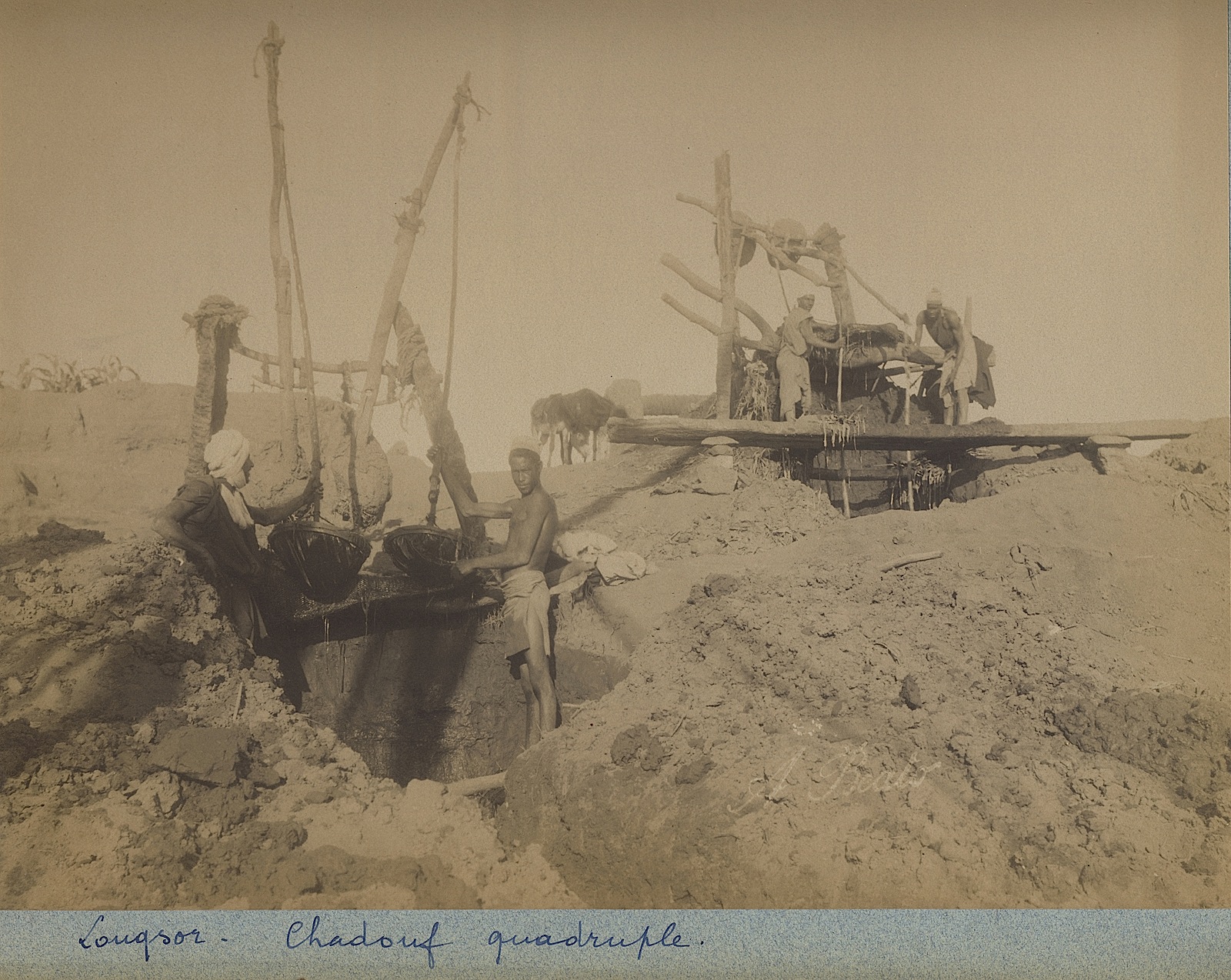
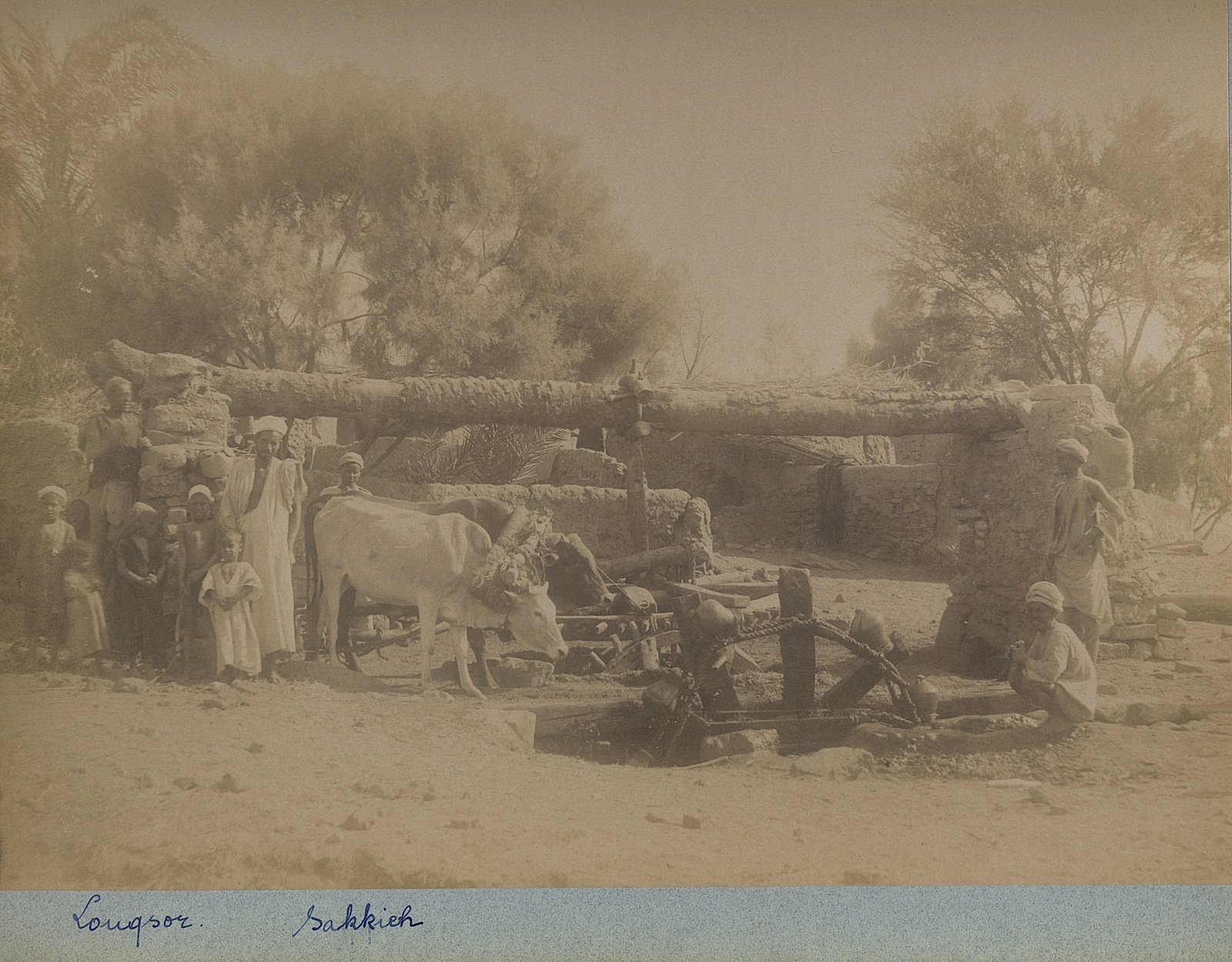 On 5 July 1841 Thomas Cook invented modern tourism as a means of emancipation for the working class people. With the inauguration of the extended Midland Counties Railway, he first arranged to take a group of 540 campaigners from Leicester Campbell Street station to a rally in Loughborough, eleven miles away. The charge of one shilling per person included rail tickets and food for this train journey and Thomas’ share. The commercial success of this first chartered excursion led him to start his business running rail trips for pleasure. He persisted and claimed that he arranged services for over 165,000 people to attend the Great Exhibition in London in 1845. Cook established ‘inclusive independent travel’, whereby the traveller went independently but his agency charged for travel, food and accommodation for a fixed period over any chosen route. He soon became well known at home and abroad and many years later, in 1872, he formed a partnership with his son, John A Mason Cook, and renamed his travel agency as Thomas Cook & Son. They acquired business premises on Fleet Street, London. By this time, Cook had stopped personal tours and became an agent for foreign or domestic travel.
On 5 July 1841 Thomas Cook invented modern tourism as a means of emancipation for the working class people. With the inauguration of the extended Midland Counties Railway, he first arranged to take a group of 540 campaigners from Leicester Campbell Street station to a rally in Loughborough, eleven miles away. The charge of one shilling per person included rail tickets and food for this train journey and Thomas’ share. The commercial success of this first chartered excursion led him to start his business running rail trips for pleasure. He persisted and claimed that he arranged services for over 165,000 people to attend the Great Exhibition in London in 1845. Cook established ‘inclusive independent travel’, whereby the traveller went independently but his agency charged for travel, food and accommodation for a fixed period over any chosen route. He soon became well known at home and abroad and many years later, in 1872, he formed a partnership with his son, John A Mason Cook, and renamed his travel agency as Thomas Cook & Son. They acquired business premises on Fleet Street, London. By this time, Cook had stopped personal tours and became an agent for foreign or domestic travel.
His office also contained a shop which sold essential travel accessories including guide books, luggage, telescopes and footwear. Under John ‘S leadership Thomas Cook & son ministered to royalty, transported a British army up the Nile, arranged travels for maharajas and pilgrims, invaded the new world, established a unique position in Egypt and became an international adjunct of the British Empire. John Mason Cook not only promoted, but even led, excursions to the Middle East where he was described as “the second-greatest man in Egypt”.
Did he ever meet the Italian photographer Antonio Beato, who earned his life and reputation producing photographs for tourists and scholars? Antonio, famous for his views of the architecture and landscapes of Egypt and other locations in the Mediterranean region, was the younger brother of Felice Beato (1832 – 1909), also a photographer, specially celebrated for his color hand painted prints produced in Yokohama, Japan. Little is known of Antonio Beato’s early years, but he was probably born in Venetian territory. Because of the existence of many photographs signed “Felice Antonio Beato” and “Felice A. Beato”, it was long assumed that they were created by a single photographer who, somehow, managed to be in two places as distant as Egypt and Japan at the same time. Only in 1983 it was shown by two Italian photography historians Paolo Costantini and Italo Zannier that “Felice Antonio Beato” represented two brothers who only incidentally worked together, sharing a signature. Antonio often used also the French version of his given name, going by Antoine, because Egypt, where he mostly lived, had a large French-speaking population.
In 1853 or 1854 Antonio’s brother and James Robertson formed a partnership called “Robertson & Beato”. Antonio joined them on photographic expeditions to / IN Malta in 1854 or 1856 and to Greece and Jerusalem in 1857. A number of the firm’s photographs produced in the 1850s are signed “Robertson, Beato and Co.” and it is believed that the “and Co.” refers to Antonio. In July 1858 Antonio arrived in Calcutta to join Felice who had been in India since the beginning of the year photographing the aftermath of the Indian Rebellion of the previous year. Antonio also photographed in India until December 1859 when he left Calcutta, probably for health reasons, and headed for Malta. He eventually went to Cairo in 1860 where he spent two years before moving to Luxor where he opened a photographic studio in 1862 and began producing tourist images of the people and architectural sites of the area.
Antonio Beato died in Luxor in 1906. His widow announced his death and published an announcement for the sale of the house, atelier and photographic equipment at the same time.